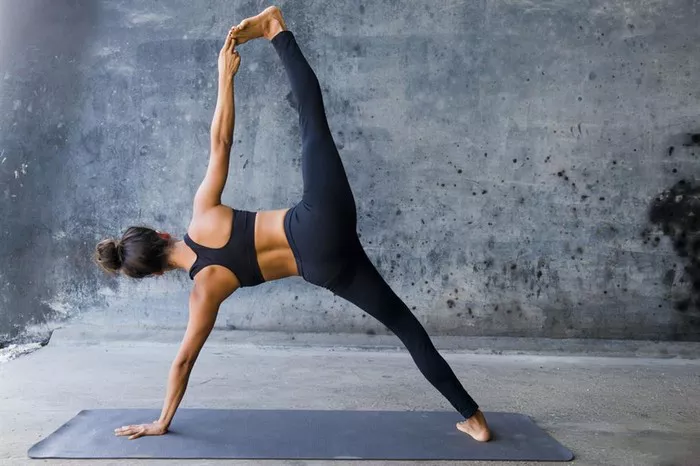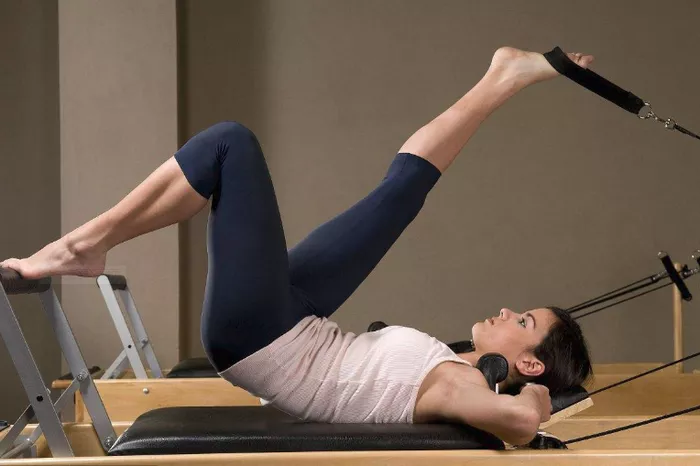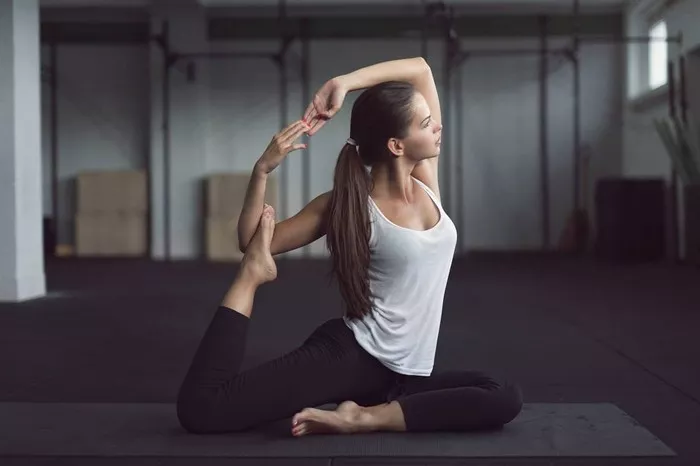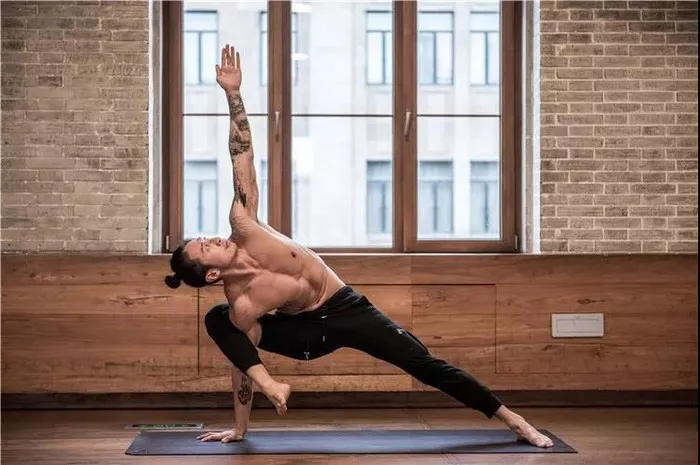In recent years, yoga has transcended its traditional image as a gentle stretching and relaxation practice, evolving into various dynamic forms aimed at enhancing strength, flexibility, and overall fitness. Power yoga, in particular, has gained popularity for its vigorous and athletic approach, prompting many fitness enthusiasts to wonder: Can power yoga build muscle? In this article, we delve into the principles of power yoga, its potential to stimulate muscle growth, and how it compares to conventional strength training.
Understanding Power Yoga
Power yoga is a modern iteration of traditional yoga, characterized by its dynamic sequences of poses (asanas) performed in rapid succession, often synchronized with breath (vinyasa). Developed in the late 20th century, power yoga draws inspiration from various yoga styles, including Ashtanga, Vinyasa, and Bikram, but emphasizes strength, stamina, and intensity.
Unlike the slower-paced hatha yoga, which focuses on holding poses for extended periods, power yoga flows continuously, challenging practitioners to move swiftly through sequences while maintaining proper alignment and engagement. This rapid pace elevates heart rate, enhances cardiovascular health, and promotes calorie burn, akin to aerobic exercises.
The Muscle-Building Potential of Power Yoga
While power yoga is renowned for its cardiovascular benefits and calorie torching, its capacity to build muscle often raises eyebrows among fitness enthusiasts accustomed to conventional strength training modalities like weightlifting. However, mounting evidence suggests that power yoga can indeed stimulate muscle growth and contribute to muscular strength and definition.
1. Resistance through Body Weight: Power yoga relies primarily on body weight as resistance, requiring practitioners to support and move their bodies through various poses. While the resistance may not match that of lifting heavy weights, the cumulative effect of repeatedly engaging muscles in challenging postures can induce hypertrophy—the process of muscle growth.
2. Functional Strength Development: Unlike isolation exercises common in traditional weightlifting, power yoga emphasizes functional movement patterns that engage multiple muscle groups simultaneously. Poses such as Chaturanga Dandasana (Four-Limbed Staff Pose), Warrior sequences, and balances like Tree Pose demand coordination, stability, and strength across different muscle groups, fostering holistic strength development.
3. Isometric Contractions: Many power yoga poses involve isometric contractions, where muscles contract to maintain a static position without changing length. Holding poses like Plank, Boat Pose, and Chair Pose requires sustained muscular effort, effectively challenging muscle endurance and promoting strength gains, particularly in stabilizing muscles.
4. Dynamic Muscle Engagement: Power yoga sequences often incorporate dynamic movements, transitioning between poses fluidly and rhythmically. These dynamic transitions not only elevate heart rate and enhance cardiovascular fitness but also engage muscles eccentrically (lengthening under tension) and concentrically (shortening against resistance), fostering muscle growth and functional strength.
5. Progressive Overload Principle: Like traditional strength training, power yoga adheres to the principle of progressive overload, wherein the demands placed on muscles gradually increase over time to stimulate adaptation and growth. Practitioners can intensify their practice by advancing to more challenging poses, increasing repetitions or duration, or reducing rest periods between sequences.
Comparing Power Yoga to Conventional Strength Training
While power yoga offers distinct benefits for muscle development, it’s essential to compare its efficacy to traditional strength training methods to understand its place in a well-rounded fitness regimen.
1. Muscle-Specificity: Conventional weightlifting allows for precise targeting of specific muscle groups through isolation exercises, making it ideal for bodybuilders and individuals with aesthetic goals. Power yoga, on the other hand, emphasizes functional movements and full-body engagement, promoting overall strength and flexibility rather than isolated muscle growth.
2. Equipment Requirements: Power yoga requires minimal equipment, making it accessible to a broader demographic. All that’s needed is a yoga mat and perhaps some props like blocks or straps. In contrast, conventional strength training often involves gym equipment like barbells, dumbbells, and machines, which may not be readily available or convenient for everyone.
3. Joint Health and Mobility: Power yoga places a strong emphasis on mobility, flexibility, and joint health, factors often overlooked in traditional strength training. The dynamic nature of power yoga sequences promotes range of motion and functional mobility, reducing the risk of injury and enhancing overall movement quality.
4. Mind-Body Connection: One of the distinguishing features of yoga, including power yoga, is its emphasis on the mind-body connection. Practitioners cultivate mindfulness, breath awareness, and mental focus throughout their practice, fostering a holistic approach to fitness that extends beyond physical strength gains.
5. Individual Preferences and Goals: Ultimately, whether power yoga or conventional strength training is more effective for building muscle depends on individual preferences, goals, and lifestyle factors. Some may thrive in the structured environment of a gym, while others prefer the freedom and mindfulness of a yoga studio or home practice.
Optimizing Power Yoga for Muscle Building
To maximize the muscle-building potential of power yoga, consider the following tips:
1. Practice Regularly: Consistency is key to seeing results in any fitness endeavor. Aim to practice power yoga several times per week to allow for progressive overload and adaptation.
2. Focus on Form: Pay attention to proper alignment and engagement in each pose to ensure optimal muscle activation and prevent injury. Quality of movement is paramount.
3. Challenge Yourself: Don’t shy away from more advanced poses or sequences that push your limits. Progressively challenge yourself to grow stronger and more resilient.
4. Vary Intensity and Duration: Mix up your practice by incorporating shorter, high-intensity sessions with longer, more restorative ones. Both have their place in promoting muscle growth and recovery.
5. Supplement with Strength Training: Consider complementing your power yoga practice with targeted strength training exercises, especially if you have specific muscle development goals or areas of focus.
Conclusion
Power yoga can indeed build muscle and contribute to overall strength and fitness when practiced consistently and mindfully. Its dynamic sequences, functional movements, and emphasis on mind-body connection offer a holistic approach to muscle development that complements traditional strength training modalities. Whether you’re a seasoned yogi or a strength enthusiast looking to diversify your workout routine, incorporating power yoga into your regimen can yield significant benefits for muscular strength, endurance, and mobility. As with any fitness practice, listen to your body, respect your limits, and enjoy the journey toward a stronger, more resilient self.























